Why Modern Wheels Work Better
Outside of the bike frame itself, no topic of the last twenty years has captured the attention of cyclists more than wheels. That time period has seen unbelievable advancements in materials, design, and technology – along with details of execution like mounting standards and brake styles. Aside from being round, performance-oriented wheels in 2020 look very little like those from the year 2000.
Back then, deep-section rims were relatively rare. Rims were narrow. Axle standards remained steady for a long time. To go fast, everyone knew it was all about skinny tires, high pressure, and removing as many spokes as you could – often at a precarious risk in durability with the designs of the time.
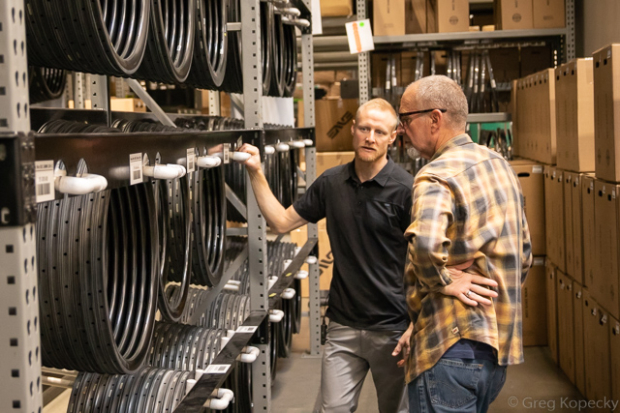
These days, almost everything is wide. Tires have grown and pressures have dropped. Axle ‘standards’ are a dime a dozen (sidenote: I now prefer to use the word ‘trend’ over ‘standard’). Spokes have crept back into our wheels, mostly driven by the adoption of disc brakes.
Finally, one of the biggest changes is to the intended function of our wheels. Back in the day, there was a clear line between ‘training wheels’ and ‘race wheels’. You trained on aluminum clincher rims with a high spoke count, and thick tires. You raced on either aluminum or carbon rims, fewer spokes, and you used glue-on tubular tires. In contrast, today we see a huge movement towards all-purpose wheels that can be used for training or racing. This has also been driven at least in part by the spread of disc brakes, which require multiple sets of brake rotors for quick wheel changes – and micro brake adjustments due to limited pad clearance. With discs, people seem much more interested in ‘setting and forgetting’ their wheels. Finally, most of us have ditched tubular tires in favor of tubeless clincher tires, or the use of latex inner tubes.
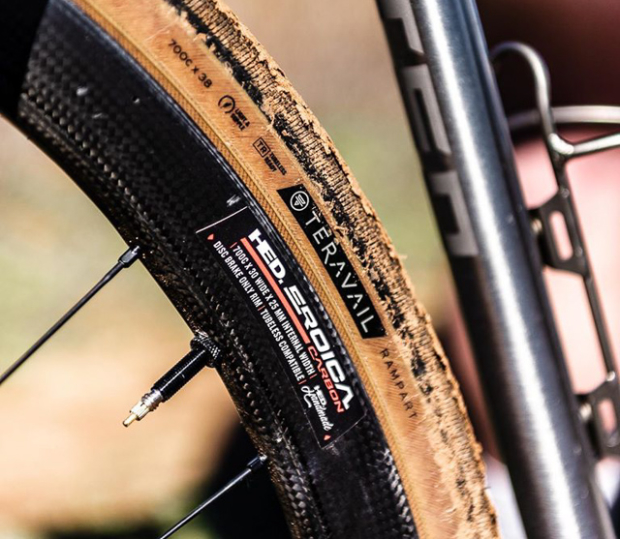
With all of that out of the way, I’d like to talk about why most of the information above is actually irrelevant to today’s discussion of why modern wheels work better than older wheels. Most of that preamble addresses selling features, trends, bike frame evolution, aerodynamic development, and an increase of knowledge required by the end user. What it doesn’t address are the manufacturing changes over time, nor the hard lessons learned from users’ broken wheels. I have worked for multiple wheel brands, toured many factories, and ridden/reviewed an absurd number of wheels. Allow me to share a few nuggets I’ve learned about why our wheels are better and stronger today than ever before.
Cleaner Rims – On The Inside
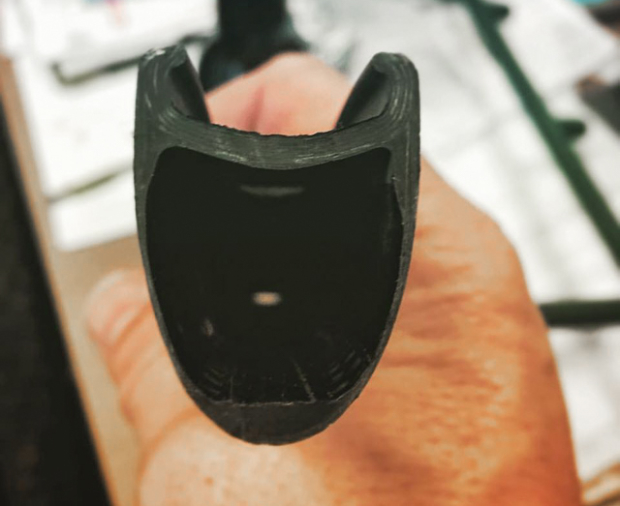
One of the biggest improvements over time that’s specific to carbon rims has been cleaning out the excess bladder material from inside. Much of this depends on how the rims are molded, and what bladder material is used inside the rim (nylon and latex being common choices). Most older rims used bladders that would melt and stick to the inside of the rim, making them impossible to remove. Also, many bladders were made from cut pieces of straight tubing, resulting in creases that form on the inner diameter when placed into a circular mold. If a spoke hole ends up being drilled at this crease, the bunched-up and half-melted bladder makes an unsteady home for a spoke nipple.
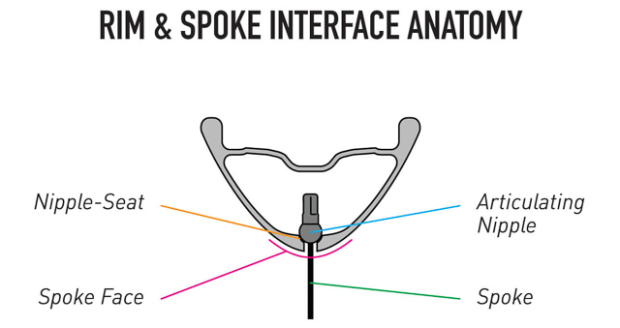
Above image © ENVE
Many, but not all modern rims remove the bladder entirely after the molding process. We visited ENVE HQ recently, and I was impressed with the great care they took in removing the bladders, leaving incredibly clean rim cavities. This leaves nothing to contend with during the build process; a godsend when you’re used to stabbing and drilling through chunks of bladder. The spoke nipples have a clean and clear spot to settle down into, and there’s no shifting of material that could affect spoke tension.
As a consumer, the main benefit you enjoy is a reduction in general build problems and fewer warranty claims. Your local bike shop can more easily and effectively perform repairs when necessary. Finally, wheels with removable bladders are often better balanced, because those chunks of melted bladder add weight – which isn’t always distributed evenly throughout the wheel.
Wheel Build Practices
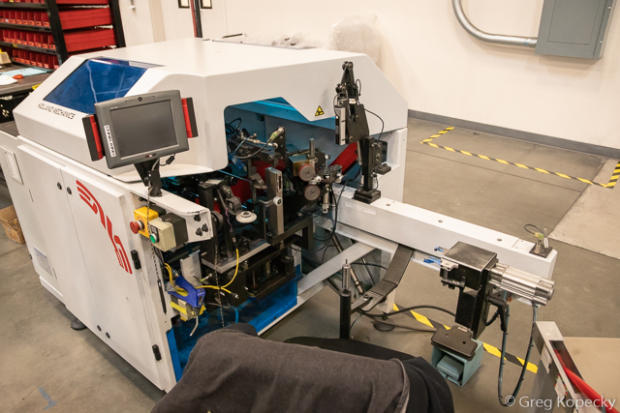
Wheel building practices have come a long way, and are the next big factor that make today’s wheels better than ever. In the past, we always argued about hand-built vs machine built, but my experience shows that this doesn’t really matter much. It’s about how either method is executed – and either can be good or bad. Many wheels today are at least partially machine-built, often bringing all spokes up to a baseline tension, to be finished by a human operator. The key to quality is spoke tension that is appropriately high, and even throughout the wheel.
We have been through waves of experimenting and innovation, trying to eke out every last gram of weight and watt of aerodynamic drag. There have been foibles along the way. We have witnessed quite a few wheels retreat back to established practices that work – adding spokes back, using j-bend spokes, NOT using radial lacing for everything, and using larger bearings that will far outlast tiny race-only bearings. The industry realized that, while people say that they want to go as fast as possible – what they really mean is that they want to go fast without having to read white papers, understand engineering, and become an expert mechanic. Super technical customers are out there (many of whom read this website), but they do not represent the bulk of the actual purchasing customer base.
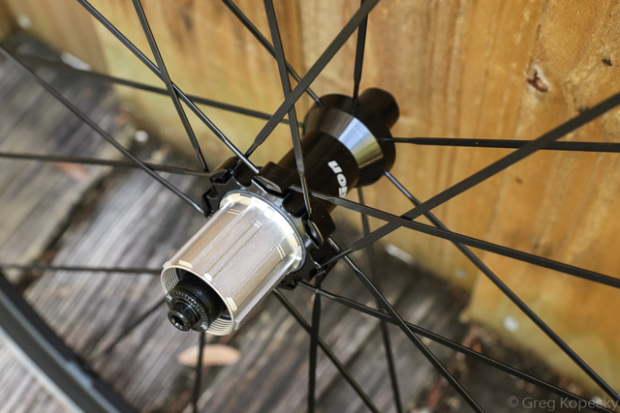
One trend I like is that more brands are using 2:1 lacing in rear wheels. There are half as many spokes on the left side of the wheel – which must do the same pulling work as the right side of the wheel. While this may sound like a bad decision at first glance, it actually does a great job of evening out that left-right spoke tension for today’s highly dished wheels. In the last year, I’ve ridden some fantastic wheels from Vision (seen above) and DT Swiss that use this lacing, and I just took delivery of some new disc brake Fulcrum wheels with 2:1 lacing front and rear. Such lacing won’t magically erase all wheel problems, but I’m generally a fan.
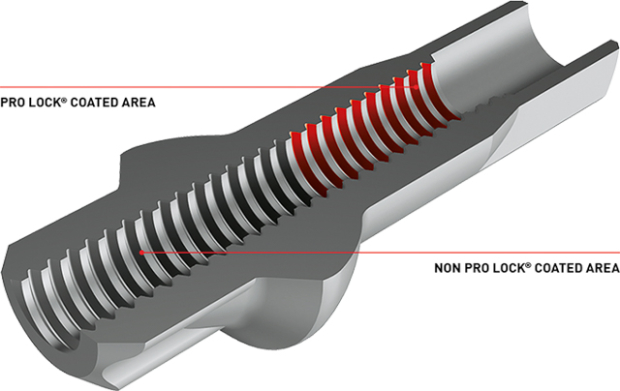
Above image © DT Swiss
I have also been interested to observe more brands moving back to brass spoke nipples. ENVE did this across their entire line, due to some corrosion problems with alloy nipples over long periods of time. Other brands have shared similar issues with me off-the-record. You add back a little bit of weight, but brass is more durable, and holds up much better to future servicing of the wheel. Note that aluminum nipples are appropriate for certain cases, and are NOT all created equally. I’ve had the best success with alloy nipples from DT Swiss – and especially their Pro Lock version (above). They’re outstanding, and far outlast the cheap stuff used on bargain wheels or knock-offs.
Competition
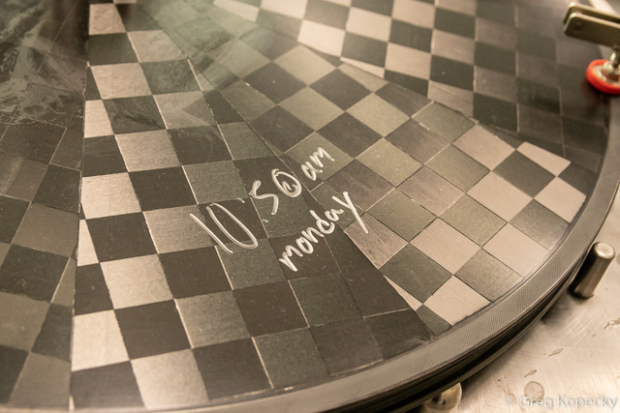
The last issue is perhaps an obvious one – competition. We have seen a lot of wheel companies come and go. We have seen some big ones falter, and a few small ones build up steam. The ones that seem to do the best are those that stick to the basics of designs that work, quality components, and great customer service. Wheels are a tough business. Traveling to trade shows and consumer events is a multi-ring circus, filled with mountains of boxes, complicated display tables, and lots of potential for damaged products. Consumer warranties and repairs are a never-ending and always-moving target, often filled with unrealistic expectations and just plain bad luck. Product life cycles are short. Consumer expectations? Ever higher.
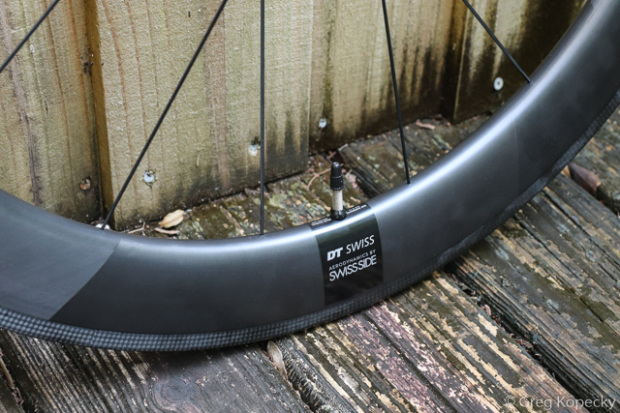
In short, it’s a ruthless business and only the strongest have survived. I have also realized that, perhaps ironically, the companies that seem to do the best are those with passionate, quality leadership. In other words, it’s not really about the product itself. In a tough, passion-driven business, the leaders must actually care. They must know how to build wheels. They must ride bikes. They must know how to set their egos aside. I’ll speculate that this factor has affected much of the bike business outside of wheels, where too much VC and profit-driven culture squeezed the life out of an industry that is and will always be about the passion of the individuals that run it.
Where will it go? Will we see further consolidation? What advancements can we realistically expect in the products themselves? I’ll give my two cents. I think that much of the contraction is over, and that the survivors have gone back to the things that got them to the dance in the first place. Wheels are great, but are largely a commodity. If you can’t deliver on the (difficult) basics of build quality, hub quality, and customer service, don’t bother telling us an aero or performance story. Customers have heard the 'fastest-wheel-ever' line enough times and just want something that works.


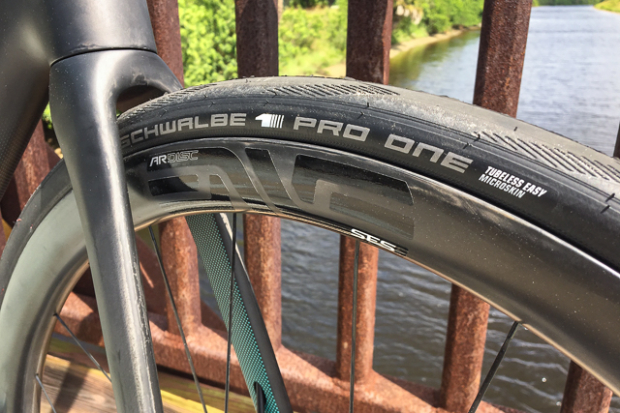
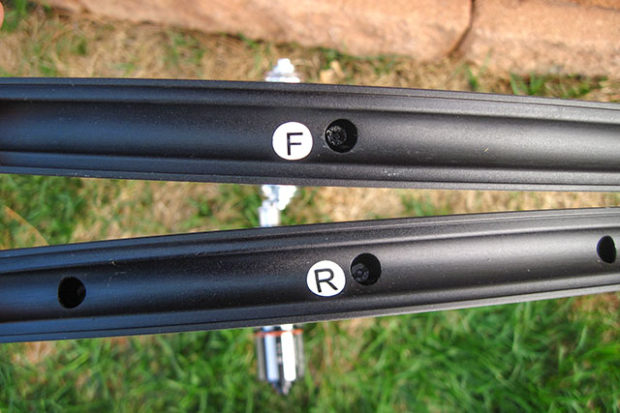
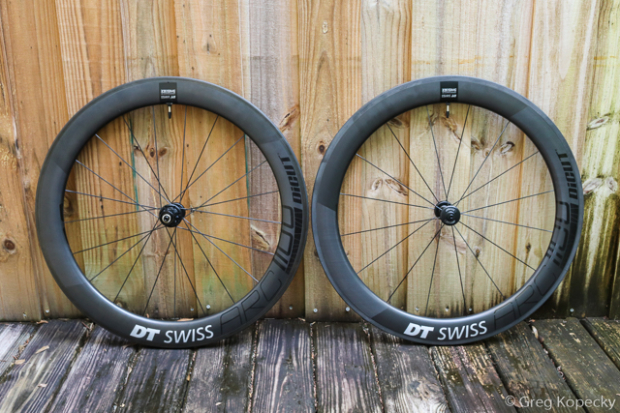
Start the discussion at slowtwitch.northend.network